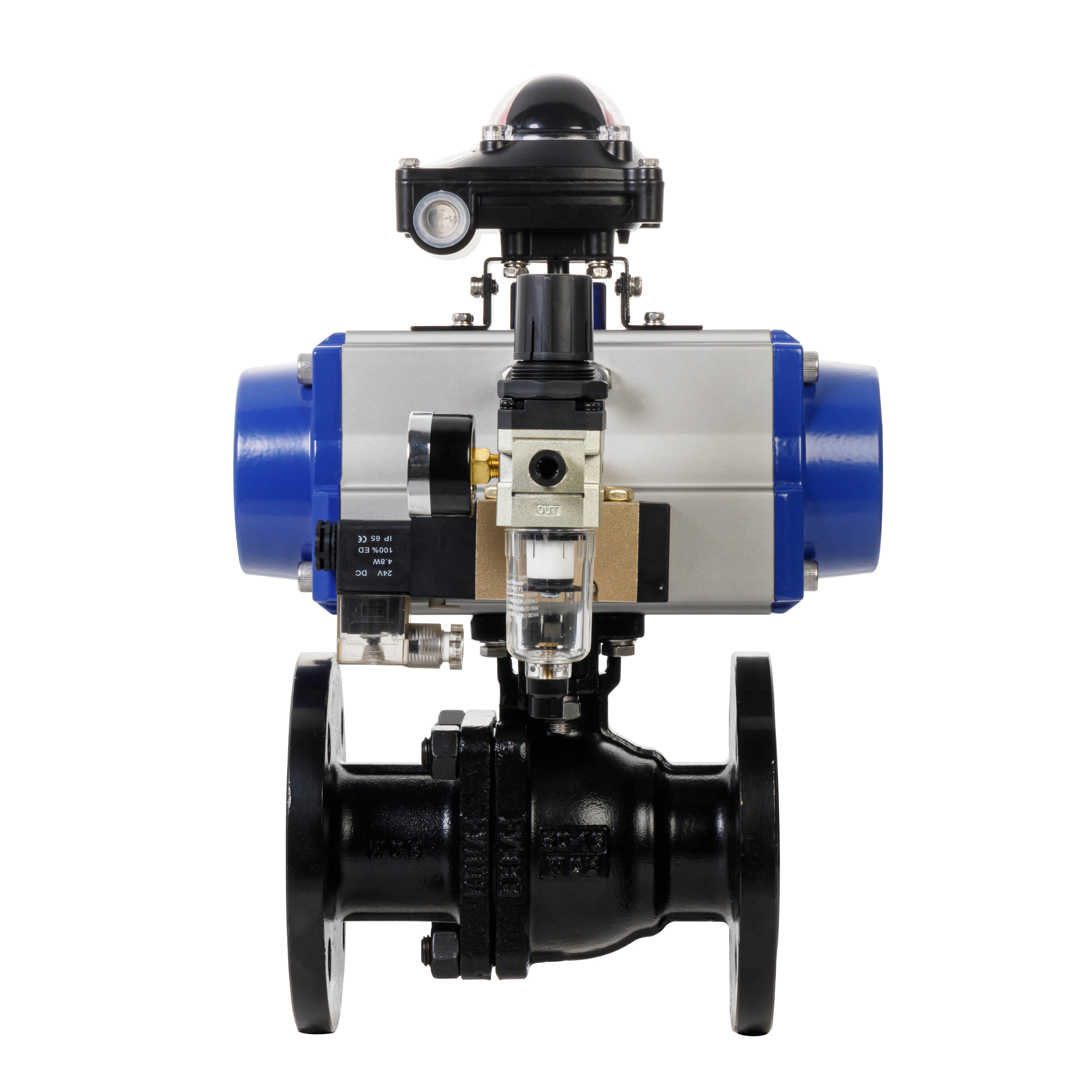
Pneumatic ball valves are essential components in various industrial processes, offering efficient control of fluid flow through pipelines. These valves utilize compressed air to operate, distinguishing them from manual or electrically actuated valves. Their design and operation make them a preferred choice in many automated systems due to their reliability and ease of integration.

At the core of a pneumatic ball valve is a spherical ball with a hole through the center. This ball rotates within a valve body to open or close the flow path. The pneumatic actuator, which is powered by compressed air, controls the rotation of the ball. When the actuator receives an air signal, it rotates the ball to either allow or block the flow of the fluid, providing precise control over the process.

